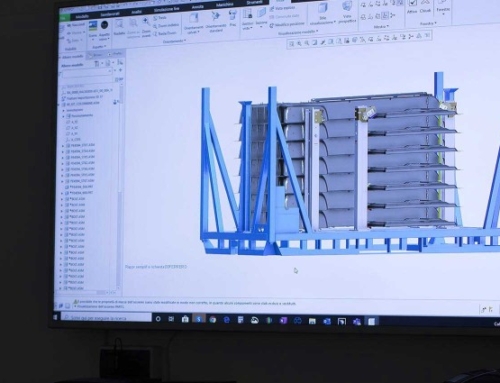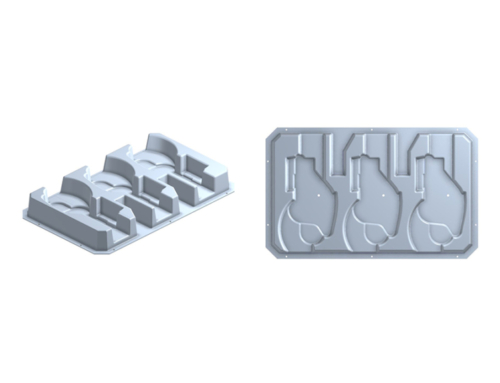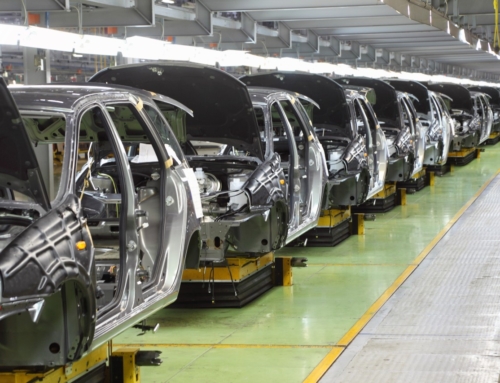How a metal rack is made: from the project to the realization
Cutting-edge technologies and tailor-made production: find out how Ferrero Automotive metal racks are made
In the automotive industry, where each stage of production is marked by precise timing, strict quality standards and logistic flows, metal racks for the storage and handling of automotive components represent a key element for process optimization. Their importance is strategic within automotive factories and throughout the supply chain: they must adapt to automated and robotic facilities, respond to and withstand continuous cycles of handling, stacking and transport, often in demanding work environments.
Making an automotive metal rack means starting with a thorough analysis of the customer’s needs and the characteristics of the components to be handled, then moving on to a design phase that takes into account every functional and structural detail. This is followed by material selection, cutting, welding, assembly, and surface treatment to ensure corrosion resistance and long service life. The production of a metal rack is thus a process that combines technical expertise, industry know-how and continuous innovation.
Let’s take a closer look at how a metal rack is made and the solutions offered by Ferrero Automotive.
What a metal rack is and what it is used for in the automotive industry
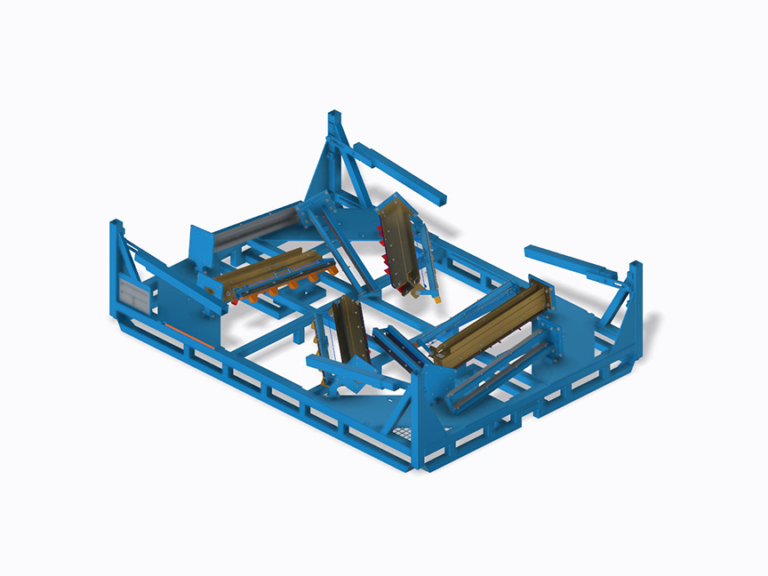
Auto parts racks are equipment specifically designed to optimize the transport, handling and storage of automotive components of various types and sizes. The distinguishing feature of these racks is that they are made to measure, which allows them to fit perfectly with the components they are meant to contain. They can be equipped with internal supports, locking systems and automatic handling devices, such as tilts or guides, to facilitate loading and unloading operations, especially in automated environments.
Made of high-strength steel or stainless steel, auto parts racks are also distinguished by their strength, durability and resistance to external agents, features that make them ideal for the needs of the automotive industry. Careful design also minimizes footprint, improves component traceability and increases overall supply chain efficiency.
How a metal rack is made: the design phase
The design of a metal rack represents the moment when the idea takes shape. It all begins with a direct discussion with the customer, during which technicians gather and analyze in detail the operational needs, the characteristics of the components to be transported, the expected conditions of use, and the logistical or technical constraints to be met. This listening and analysis phase is fundamental to outlining the technical specifications on which to base the entire project.
Once all the information has been acquired, we move on to the actual design. Using state-of-the-art CAD software, Ferrero Automotive is able to develop a three-dimensional model of the rack, which allows every structural detail to be visualized. Through virtual simulations, it is then possible to test in advance the behavior of the rack in real situations: resistance to loads, stability, ergonomics, and ease of handling are tested. This approach makes it possible to identify any critical issues and optimize the design even before moving on to the actual production phase.
A key aspect is the choice of materials. Depending on the intended use and the environments in which the rack is to operate, the most suitable metal is selected. High-strength steel and stainless steel are among the most widely used materials due to their excellent mechanical properties and corrosion resistance.
Production of automotive racks
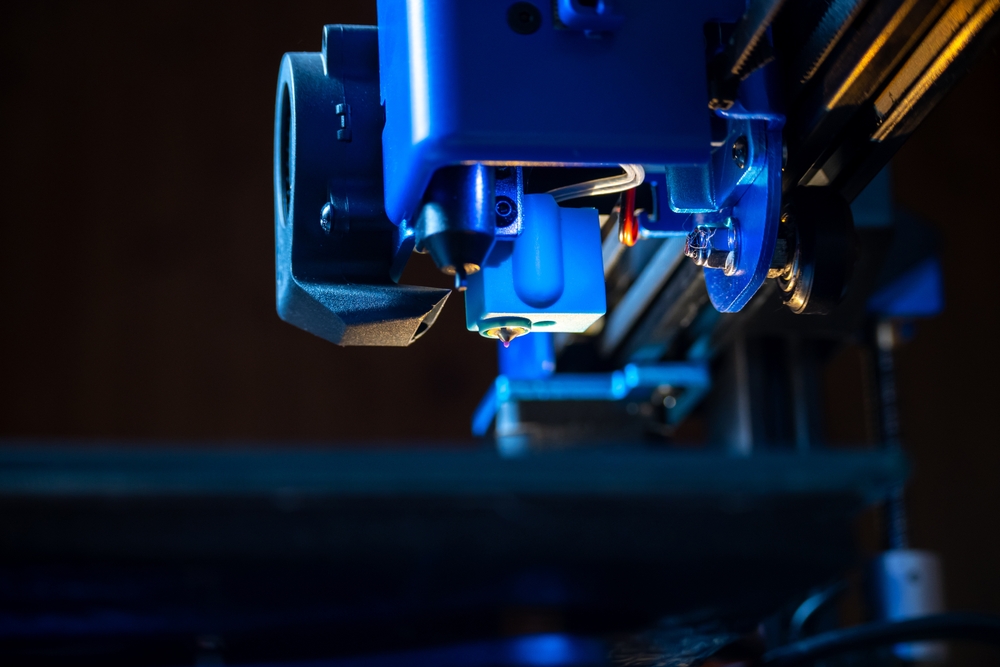
With the design approved, we enter the operational phase: production. It all starts with the cutting of metal sheets, performed with high-precision laser technologies. This makes it possible to obtain perfect shapes, with minimal error margins, faithfully complying with the measurements and geometries defined in the design. The resulting shapes are then bent and formed through numerically controlled machinery (CNC), which guarantees uniformity, precision and speed in the process. Each stage is closely monitored to ensure compliance with the technical drawing.
Advanced techniques are used to join the various parts, such as robotic welding, which ensures strong and durable joints. Final assembly is carried out with careful craftsmanship, verifying that each element is perfectly aligned and that the rack is functional and stable.
Finally, before the product is ready for delivery, it undergoes specific surface treatments. These include painting (powder or liquid), galvanizing, and anticorrosive treatments, all designed to protect the rack from external agents and prolong its useful life. In addition to protection, these treatments help improve aesthetics and facilitate maintenance over time.
Quality control and certifications
Throughout the entire production process, Ferrero Automotive adopts a structured quality control system designed to ensure that each rack fully meets technical and regulatory requirements. The company carefully controls all operational stages, ensuring high quality standards, attention to the environment and personnel safety, as evidenced by the various certifications obtained, such as:
- UNI EN ISO 9001:2015: ensures compliance with international requirements on quality management;
- UNI EN ISO 14001:2015: certifies compliance with environmental management standards;
- UNI EN ISO 45001:2018: ensures compliance with international requirements on worker health and safety.
These certifications demonstrate the company’s ongoing commitment to excellence, process quality and social responsibility.
Ferrero Automotive’s specific metal racks
Thanks to consolidated experience in the industry and a strongly customization-oriented approach, Ferrero Automotive designs and manufactures specific metal racks tailored to the needs of automotive companies. Each rack is developed starting from an in-depth analysis of the customer’s needs: dimensions, internal structure, type of components to be housed, handling methods and operating conditions.
The result is a fully customized solution that optimizes space, effectively protects components and simplifies logistics management, both internally and externally. Materials and finishes are carefully selected to ensure strength, durability and compatibility with the standards of leading automotive manufacturers. The goal is to offer racks that integrate seamlessly into production and logistics processes, helping to improve efficiency, order and safety at every stage of the supply chain.
Alongside these solutions, Ferrero Automotive also offers metal racks with stacker pillars designed to meet the automated handling needs typical of modern production facilities. Equipped with metal pillars with mobile flaps that are autonomously activated during loading and unloading, they allow smooth integration with robotic systems and automated lines. With this technology, it is possible to reduce operating time, increase handling accuracy and improve operator safety.
Contact us to receive a personalized consultation and find out how we can support you with solutions tailored to your operational needs.



